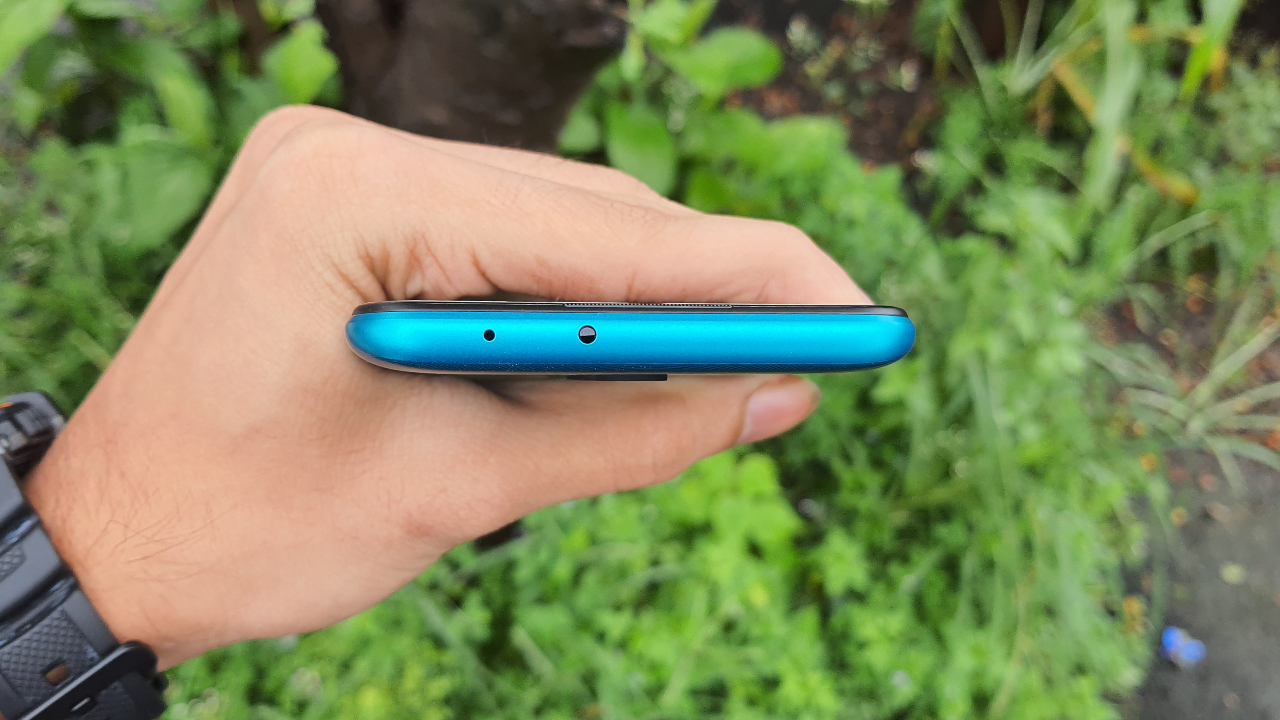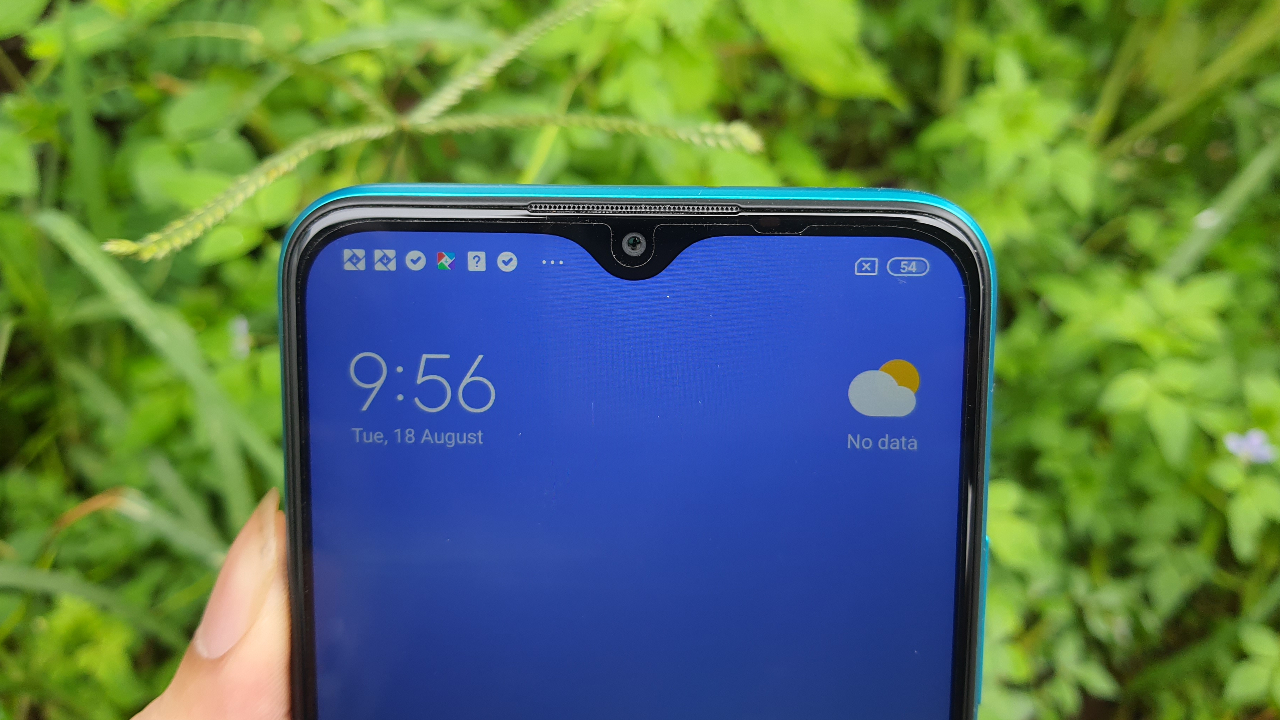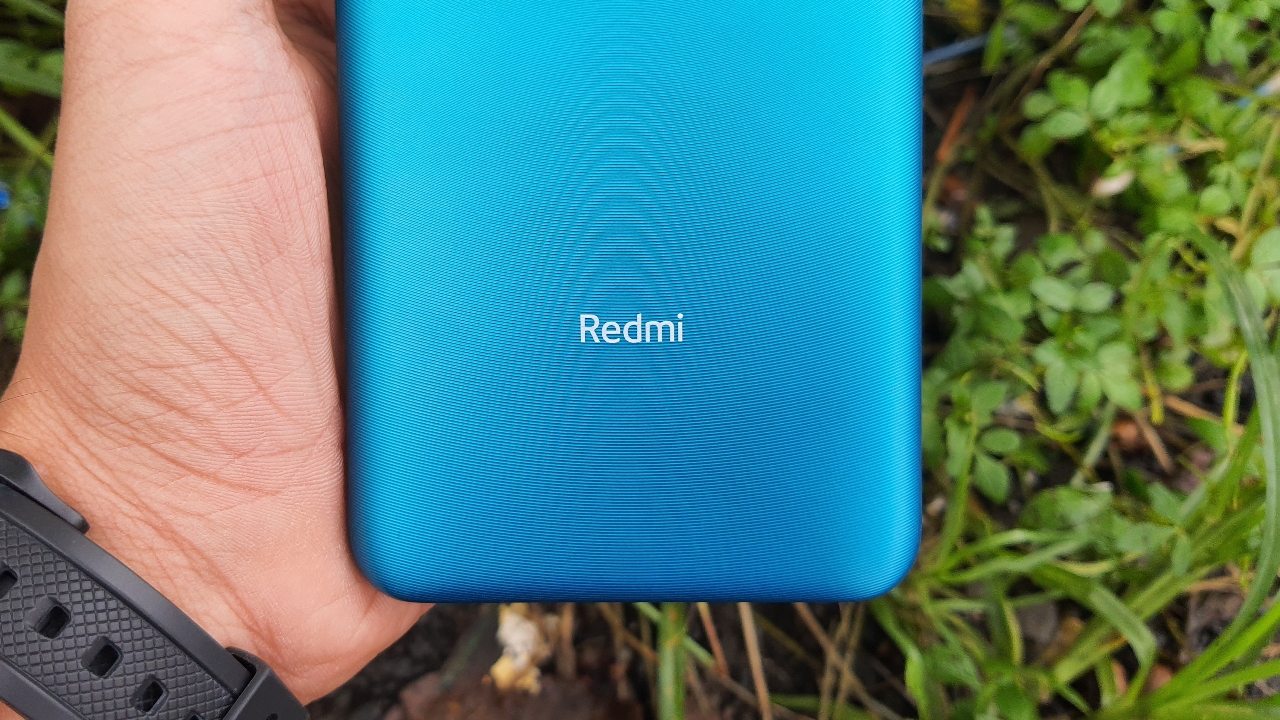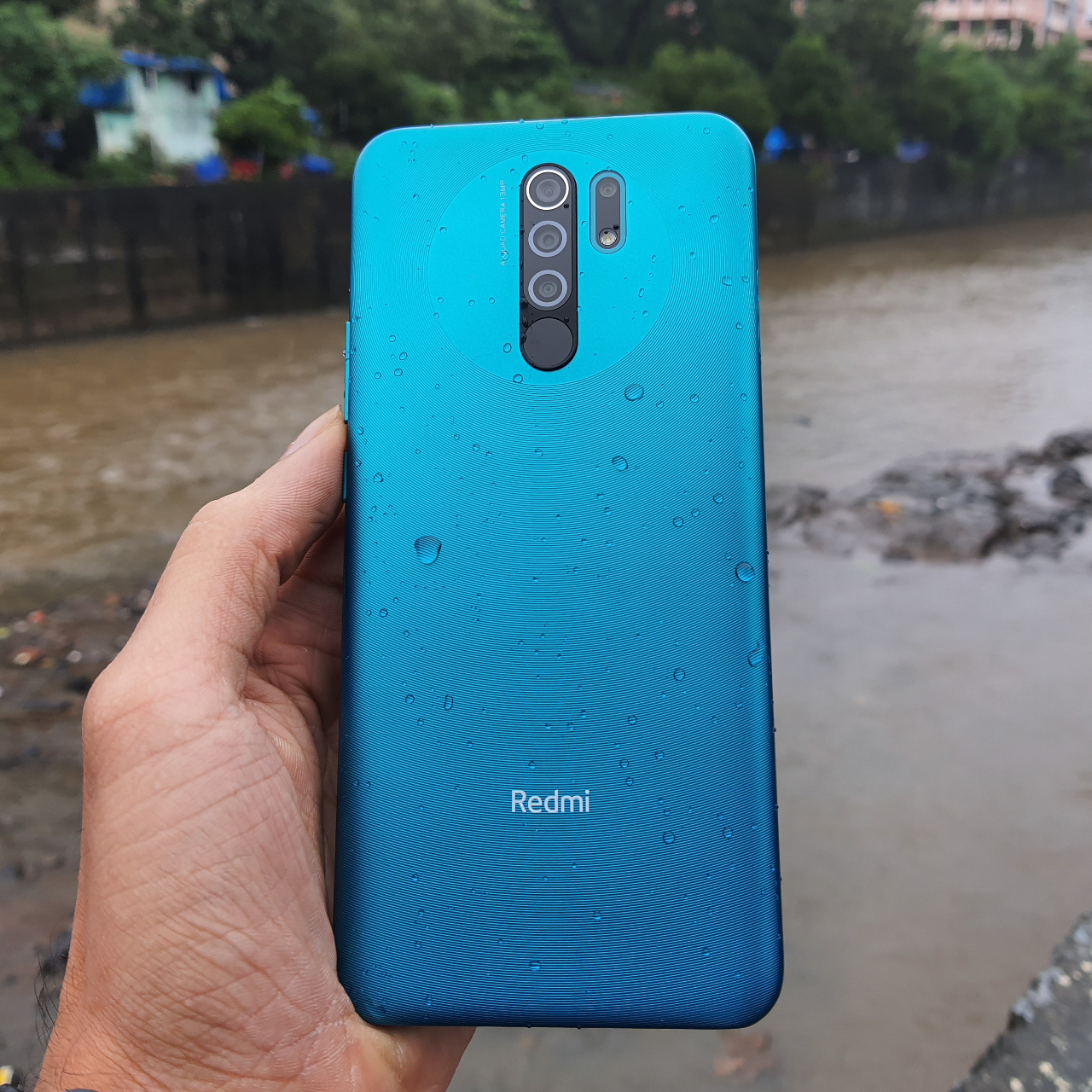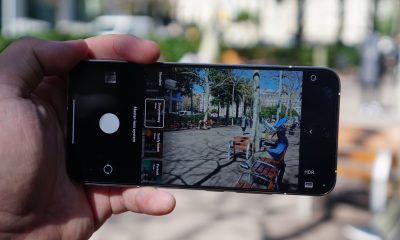

Xiaomi has gradually launched the Redmi 9 series in India, and we see a new phone in the portfolio every month. The Redmi brand has developed a reputation for being reliable, and it has helped the Xiaomi become number one in India. Now, the brand has launched the Redmi 9 Prime, and it costs just INR 9,999 (US$ 137).
It’s an affordable phone that’ll go against the likes of Narzo 10 and Redmi Note 9. Being a developing market, the price plays a very crucial role, and the company has managed to grab the sub-10,000 sweet spot.
But consumers expect more in every department. Can this inexpensive phone be your GadgetMatch? Let’s find out!
A functional design
The phone is built out of plastic and has a unibody design. Unlike the usual norm, there’s no glossy back or reflective surface. We have a Mint Green unit, and Xiaomi has cleverly leveraged its Aura 360 design language. I specifically love the color because it looks unique and fresh.
The design also reminds me of the POCO X2 because it has a circular ring around the horizontal camera array. Outside the ring, the plastic has radial grooves that run all around the back of the phone. To be honest, I prefer the simple plastic design because it feels solid to hold and doesn’t slip easily.
I’m not proud to say this, but I did drop the phone a couple of times onto hardened concrete. Thankfully, it survived all drops and left behind no scars. If you’re prone to dropping your phone, the Redmi 9 Prime won’t give you a mini heart attack every few days. The inherent design also tries to protect the display by creating a new layer of plastic that thoroughly covers the front.
Even though the phone weighs 198 grams, the in-hand feel is exceedingly ergonomic due to proper weight distribution. The matte design will eliminate fingerprint smudges and often entice you to use the phone without a case.
The power button and volume rockers are located on the right while the SIM tray is on the left. The bottom has the usual speaker grille, 3.5mm headphone jack, and USB-C port for charging. Lastly, the top has an IR blaster.
Display with a tiny water-drop notch
It has a 6.5-inch LCD display with Full HD+ resolution and Gorilla Glass 3 protection. Usually, phones support HD+ resolution in this price segment, so I’m glad Xiaomi is pushing the glass ceiling and hasn’t become too comfortable with its leading position.
I don’t have any complaints from the display as it’s sufficiently bright and has average viewing angles. The bezels are tiny and you get a punch-hole cut-out for the front camera.
How does it perform?
An octa-core MediaTek Helio G80 processor powers the Redmi 9 Prime with a Mali G52 GPU. MediaTek’s G-series processors are usually made keeping gamers in mind, and this phone successfully follows the legacy. My unit has 4GB of RAM but could load PUBG Mobile on HD graphics. I noticed a few lags and stutters after an hour of constant gameplay, which is excellent for this device.
If you’re looking for a phone that can game on a budget, this should be your first preference. Heating is minimal and bound to happen over extended hours of gaming. However, the phone glides through day-to-day tasks like emails, WhatsApp, Instagram, and Slack. I tried working on the phone with a couple of tabs open and constant app switching. The phone never ran out of steam.
The smartphone industry has reached a bare minimum level, where even an entry-level phone can replace a flagship. Obviously, the minor additions that exponentially improve user experience are missing, but will you even notice them? For an affordable price, the Redmi 9 Prime redefines what we should expect from future phones.
Backing these internals is a 5020mAh battery that supports 18W fast charging. However, the in-box charging brick supports only 10W, and you can buy a fast charging adapter separately. The phone easily lasted me a day with heavy usage and two hours of video streaming. It takes nearly 2 hours and 50 minutes to charge the phone with the in-box 10W adapter.
Just like all Redmi branded phones, this one also ships with MIUI out-of-the-box. There aren’t any significant bugs, and the experience is streamlined across all Redmi phones. There’s a lot of bloatware, but it’s nothing surprising.
Quad rear cameras on a budget
It has a quad rear camera setup that consists of a 13-megapixel primary sensor, an 8-megapixel wide-angle lens, a 5-megapixel macro lens, and a 2-megapixel depth sensor. We’ve seen a similar setup on many Xiaomi phones earlier, and it performs just like you’d expect it to.
The primary camera clicks very good pictures in broad daylight and details are flawless. But the dynamic range on both, the primary as well as wide-angle isn’t sufficient. The depth sensor works in tandem with onboard artificial intelligence to add a bokeh effect. It’s able to detect edges smartly, and a majority of portraits look satisfactory.
Unlike the usual norm, there’s no night mode on this one. It also misses out on various shooting scenarios like Pro, short video, and more. The front camera captures sharp images and can automatically apply beauty mode according to your preference.
Is this your GadgetMatch?
If you’re looking for a balanced phone that’ll get work done, provide entertainment on the go, and click decent pictures, this phone is for you. Gamers will love the phone because it can handle anything you throw at it. The large battery also ensures you’re not glued to the wall indefinitely.
Digital learning and work-from-home have become common concepts due to the Coronavirus pandemic, and this phone is a game-changer that’s bringing a Full HD+ screen at an affordable rate.
If you’re looking for a secondary backup phone, this will be my first choice because it isn’t heavy on the pocket, has a large battery that won’t drain out soon, and can practically run every app a flagship can.
Editor’s Note: This article was earlier titled Redmi Note 9 Prime. It has since been corrected to reflect the correct device name — Redmi 9 Prime.


There’s no doubt that India is a major market for technology. While the country has its own brand preferences outside of the world’s usual, everyone still wants to get a piece of the market. To the dismay of global companies, the country is realizing the potential of its own market. Effective immediately, India has started restricting imports for new laptops, tablets, and PCs.
Recently, India made some headlines in the smartphone industry. A few companies, including Apple, have poured funds into building factories in India. Locally produced devices will allow these companies to attract the Indian market better. With the new regulations out today, it looks like these brands are going to enjoy a head start over others who aren’t in the country yet.
The Indian government introduced a new restriction (via Reuters) against the importation of “laptops, tablets, all-in-one personal computers, and ultra-small form factor computers and servers” made from other countries. Customers, however, will get an exemption. Airline passengers can still bring in these devices in their luggage. Additionally, a single imported device is allowable when bought through e-commerce platforms. Companies can import their products only by applying for a special license.
In a nutshell, bulk orders without a license are out. The government is instead encouraging users to buy locally produced products as part of its “Make in India” program. At the very least, it’s not a total ban on foreign brands. For example, Dell, HP, and Lenovo are exempt from the regulations since they already have production facilities built in the country.
SEE ALSO: Samsung overtakes Xiaomi as top phone brand in India

Attacking a huge smartphone market is difficult. With preferences constantly evolving, it can get tricky to figure out the best lineup to capture most of a market. Samsung, however, has just done it. In the last quarter of 2022, Samsung has taken the crown from Xiaomi as the bestselling smartphone brand in India.
India is an important market for most smartphone brands. It’s one of the largest markets in the world. However, despite its size, the biggest players are often those who offer more affordable devices for consumers. Budget is the name of the game if a brand wants to make it big in the country.
Things are changing, though. According to new market data (via Reuters), Samsung has nabbed the throne from the former leader, Xiaomi. In the last quarter of 2022, the Korean brand grabbed 20 percent of the market, while the latter only got 18 percent.
In a trend dubbed as premiumization, Indian consumers are reportedly enjoying more disposable income, resulting in more willingness to buy pricier products. Additionally, the report hints that consumers have started equating lower prices with inferior quality.
With the market trending towards more premium products, Samsung took the lead with a lineup that consists more of midrange to premium devices. It will also be interesting to see if Apple, an even more premium brand, can also make a dent in the Indian market.
SEE ALSO: Buyer’s Guide: Samsung Galaxy S23 Ultra
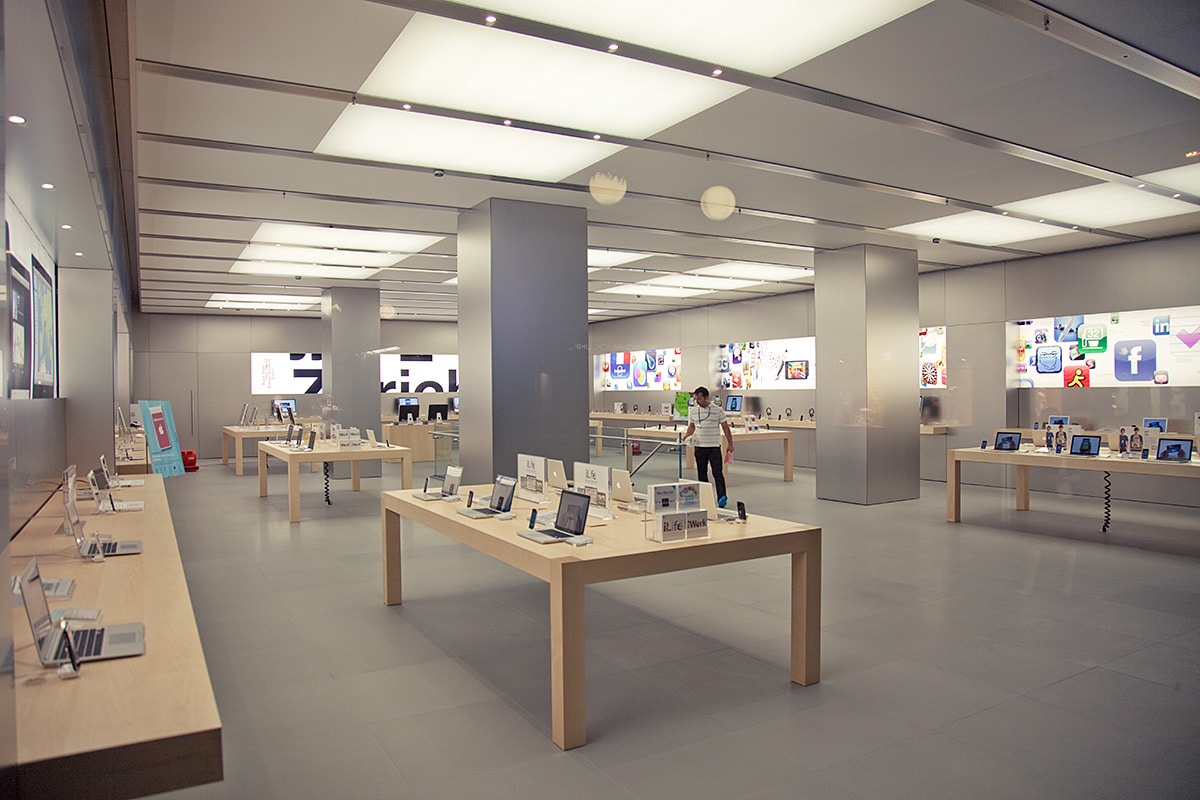
For one of the largest smartphone markets in the world, India is one of the rarer countries where Apple does not outright dominate. Undoubtedly, the company is trying to change that. Ongoing job listings in India are suggesting that Apple is ready to open its first brick-and-mortar store in the country.
First reported by Financial Times, Apple has posted job openings in India for several retail roles including for the iconic Genius Bar. Another clue even indicates that some spots have already been filled ahead of time. A few employees in the country have reportedly posted about their new jobs on LinkedIn.
Unfortunately, none of the job listings show how many stores are planned and where they will be. Narrowing things down by a bit, a few of the confirmed employees are from Mumbai and New Delhi. The report also does not indicate when the stores will open. However, since a few have already been hired, a grand opening might be coming soon.
Apple has a lot to gain by strengthening its foothold in India. The country is an important stronghold for smartphone companies. However, the company might find things harder as time goes by. The country recently dictated that brands must switch to USB-C if they want to sell their devices in India. All over the world, Apple remains the last stalwart against adopting the more universal standard.
-

 Accessories2 weeks ago
Accessories2 weeks agoApple Vision Pro Review: Two Months Later
-

 Features4 days ago
Features4 days agoFortify your home office or business setup with these devices
-

 Gaming1 week ago
Gaming1 week agoThe Rogue Prince of Persia looks like an ultra-colorful roguelite
-

 Philippines2 weeks ago
Philippines2 weeks agovivo Y100 to release in Philippines on April 27
-

 Deals2 weeks ago
Deals2 weeks agoSamsung Awesome April: Deals on Galaxy A series
-

 Gaming1 week ago
Gaming1 week agoStar Wars Outlaws release date revealed
-

 Events1 week ago
Events1 week agoStellar Blade: PlayStation taps cosplayers to play Eve for game’s launch
-

 Accessories1 week ago
Accessories1 week agoLogitech unveils G Pro X 60 gaming keyboard: Price, details

